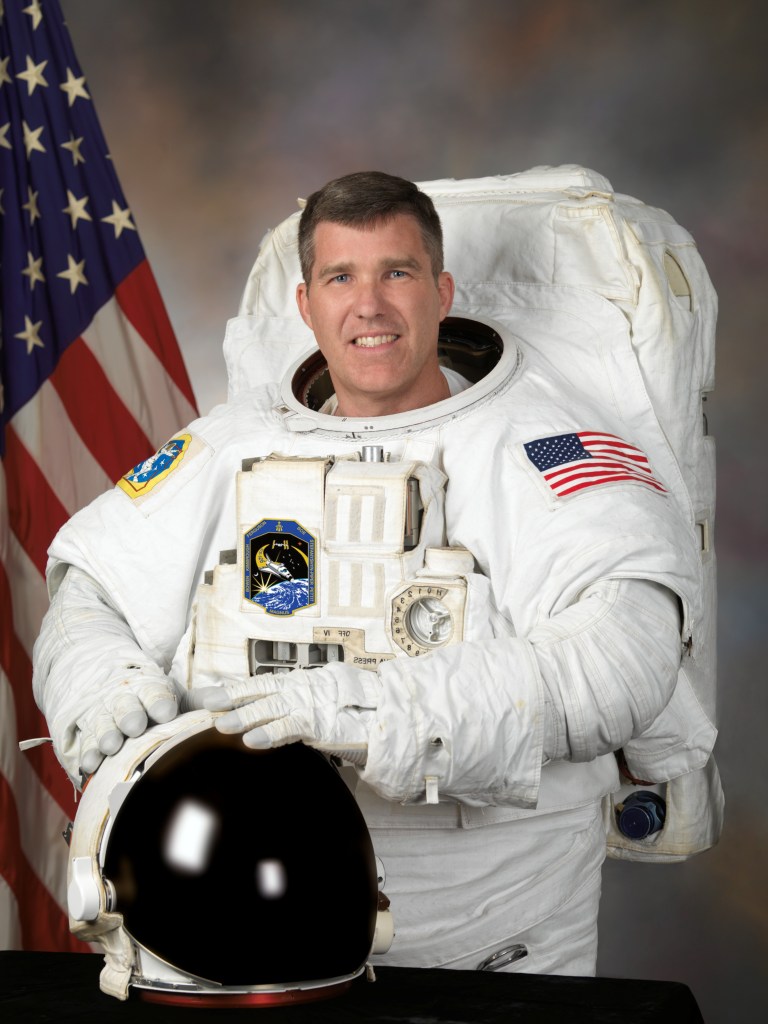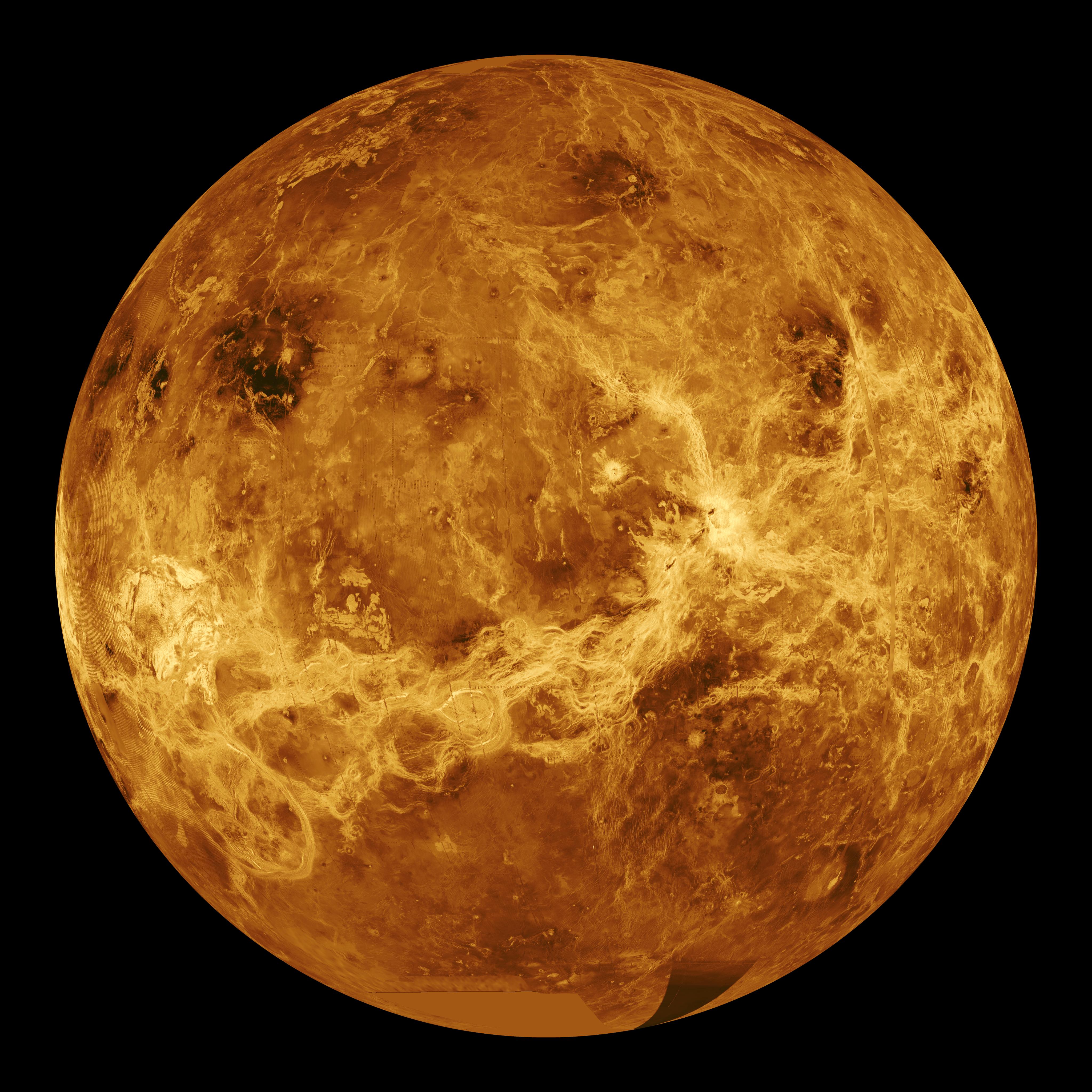
Stephen G. Bowen
NASA Astronaut and U.S. Navy Captain, Ret.
Follow Stephen
Summary
Stephen G. Bowen (Captain, U.S. Navy, Ret.) was the first Submarine Officer to be selected as an astronaut by NASA. Bowen is a veteran of STS-126, STS-132, and STS-133. The STS-126 mission was the 27th International Space Station (ISS) assembly mission. The crew delivered equipment and supplies as well as expanded the living quarters to house six-member crews aboard ISS. STS -132 delivered an Integrated Cargo Carrier and a Russian Mini Research Module. STS‑133 delivered the Permanent Multipurpose Module (PMM) and the fourth Express Logistics Carrier (ELC) to the station. Bowen launched to the International Space Station as Commander of NASA’s SpaceX Crew-6 mission aboard a SpaceX Crew Dragon spacecraft on March 2, 2023. After splashing down safely in a SpaceX Dragon spacecraft off the coast of Jacksonville, Florida on September 4, 2023, NASA’s SpaceX Crew-6 completed the agency’s sixth commercial crew rotation mission to the International Space Station. Steve Bowen has logged 186 days in space over his increment (Expedition 69) for a total of 227 days in space on his four flights. Bowen conducted 3 EVAs totaling 18 hours, 39 minutes; he now has conducted 10 EVAs in his career for a total of 65 hours, 57 minutes; that is 3rd on the all-time list for most EVA time and his 10 EVAs ties him with Mike Lopez-Alegria, Bob Behnken, Peggy Whitson and Chris Cassidy for most EVAs by a U.S. astronaut.
Personal
Personal Data:
Born on February 13, 1964 in Cohasset, Massachusetts. Married to the former Deborah Alden; they have three children.
Education
Graduated from Cohasset High School, Cohasset, Massachusetts, 1982. Bachelor of Science in Electrical Engineering, United States Naval Academy, 1986. Master of Science in Ocean Engineering, Massachusetts Institute of Technology and Woods Hole Oceanographic Institution Joint Program, 1993.
Experience
Upon completion of the submarine training pipeline Bowen spent three years attached to USS PARCHE (SSN 683) and completed qualification in Submarines on USS POGY (SSN 647). After attending the MIT/WHOI Joint Program in Ocean Engineering he reported to USS AUGUSTA (SSN 710) for duty as the Engineering Officer. During this tour Bowen qualified for command of nuclear powered submarines. In 1997, he reported to the United States Special Operations Command (USSOCOM) in the Office of Plans and Policy and worked on the USSOCOM Future Concepts Working Group. For nine months in 1999, Bowen was the Reactor and Propulsion inspector for the Navy’s Submarine Board of Inspection and Survey (INSURV). In May 2000, he became the first Executive Officer of the Pre‐Commissioning Unit VIRGINIA (SSN 774), the first of the new VIRGINIA Class submarines.
NASA Experience
In July 2000, Bowen was the first Submarine Officer selected by NASA as a Mission Specialist. He reported for training at the Johnson Space Center in August 2000. Following the completion of two years of training and evaluation, he was initially assigned technical duties in the Astronaut Office Station Operations Branch. He is a veteran of three spaceflights, STS-126 in 2008, STS-132 in 2010, and STS-133 in 2011. Bowen launched to the International Space Station as Commander of NASA’s SpaceX Crew-6 mission aboard a SpaceX Crew Dragon spacecraft on March 2, 2023. After splashing down safely in a SpaceX Dragon spacecraft off the coast of Jacksonville, Florida on September 4, 2023, NASA’s SpaceX Crew-6 completed the agency’s sixth commercial crew rotation mission to the International Space Station. Steve Bowen has logged 186 days in space over his increment (Expedition 69) for a total of 227 days in space on his four flights. Bowen conducted 3 EVAs totaling 18 hours, 39 minutes; he now has conducted 10 EVAs in his career for a total of 65 hours, 57 minutes; that is 3rd on the all-time list for most EVA time and his 10 EVAs ties him with Mike Lopez-Alegria, Bob Behnken, Peggy Whitson and Chris Cassidy for most EVAs by a U.S. astronaut.
Spaceflight Experience
STS‐126 (November 14 to November 30, 2008). Endeavour launched at night from the Kennedy Space Center, Florida, and returned to land at Edwards Air Force Base, California. It was NASA’s fourth shuttle flight in 2008 and the 27th International Space Station assembly mission. Highlights of the almost 16‐day mission included expanding the living quarters of the space station to eventually house six‐member crews by delivering a new bathroom, kitchen, two bedrooms, an exercise machine, and a water recycling system. During the mission, Bowen performed three spacewalks. STS‐126 also delivered a new resident to the station, replacing Greg Chamitoff, Expedition 17‐18 with Sandy Magnus, Expedition 18. STS 126 returned to Earth after completing 250 orbits in more than 6 million miles.
STS‐132 (May 14 to May 26, 2010). This was the 132nd space shuttle flight, and the 32nd shuttle flight to the International Space Station. The Atlantis orbitor was launched from the Kennedy Space Center, Florida, and docked with the space station on May 16 to deliver an Integrated Cargo Carrier and a Russian‐build Mini Research Module. During seven days of docked operations, three spacewalks were conducted and Bowen logged 14 hours and 34 minutes in two spacewalks. During the first spacewalk, Garrett Reisman and Bowen installed a spare antenna and a stowage platform. On the second spacewalk, Bowen and Michael Good replaced batteries on the P6 Truss that stores solar energy. On the final spacewalk, Good and Reisman replaced the last of the P6 Truss batteries and retrieved a power data grapple fixture for installation at a later date. The STS‐132 mission was completed in 186 orbits, traveling 4,879,978 miles in 11 days, 18 hours, 28 minutes and 2 seconds.
STS‐133 (February 24 to March 9, 2011). This was the 39th and final mission for space shuttle Discovery. During the 13‐day flight, the Discovery crew delivered the Permanent Multipurpose Module and the fourth Express Logistics Carrier to the station. The mission’s two space walks assisted in outfitting the truss of the station and completed a variety of other tasks designed to upgrade station systems. The mission was accomplished in 202 Earth orbits, traveling 5.3 million miles in 307 hours and 3 minutes.
NASA’s SpaceX Crew-6 mission (March 2 to Sept. 4, 2023). Bowen launched to the space station aboard the SpaceX Crew Dragon “Endeavor” spacecraft. He served as commander during the flight to and from the space station. During the mission, Bowen conducted three spacewalks in support of space station solar array upgrades, totaling 18 hours, 39 minutes in duration. He has now conducted 10 spacewalks over the course of his career. The mission also saw the arrival of seven visiting vehicles and the departure of seven. This included the Axiom Mission 2 crew and a number of cargo spacecraft. He logged 186 days in space during the Crew-6 mission, earning him a cumulative total of 227 days in space across all of his spaceflights.
Pronunciation
STEE‐vun BO‐win






















